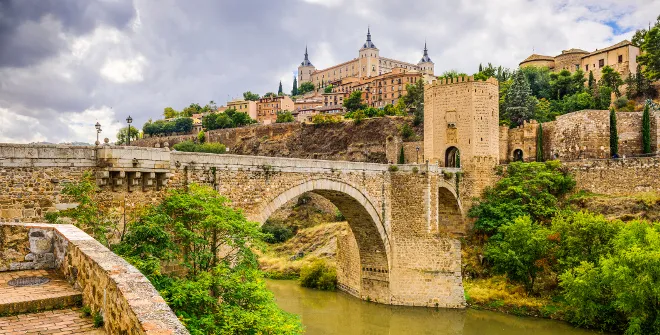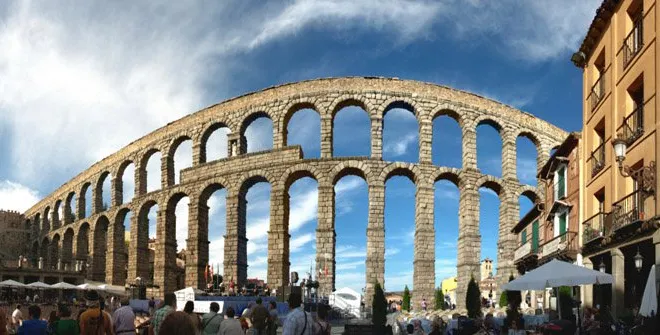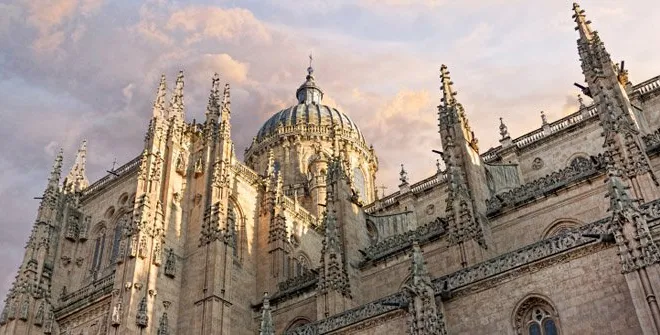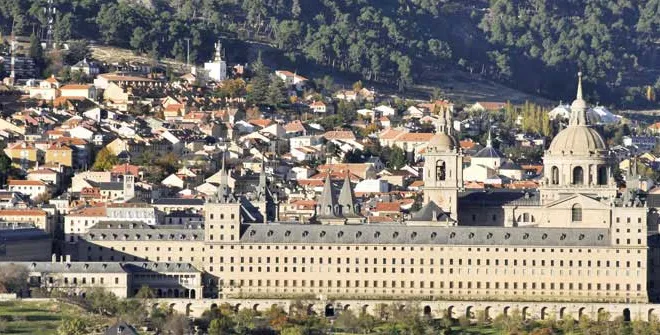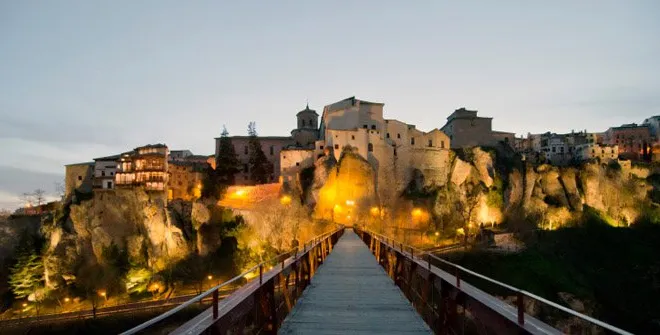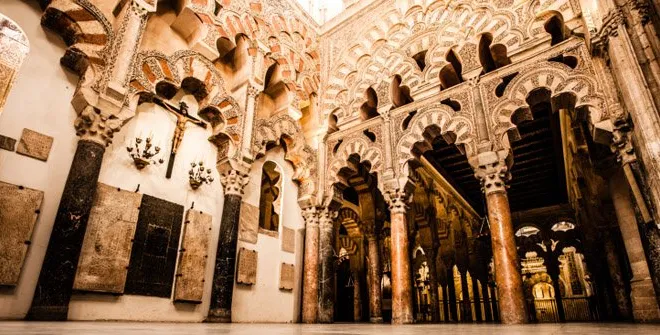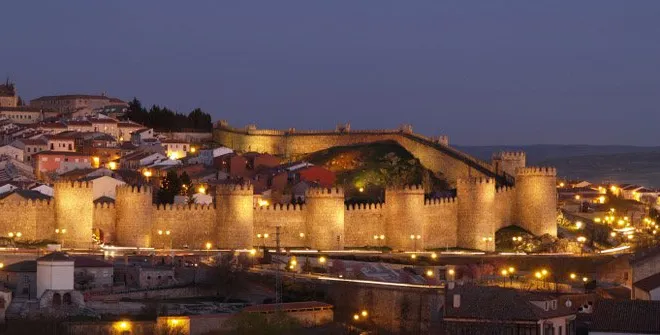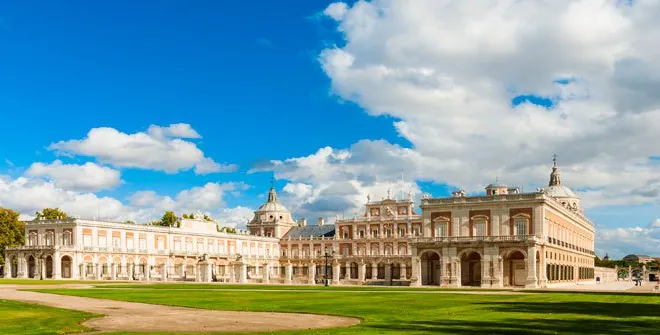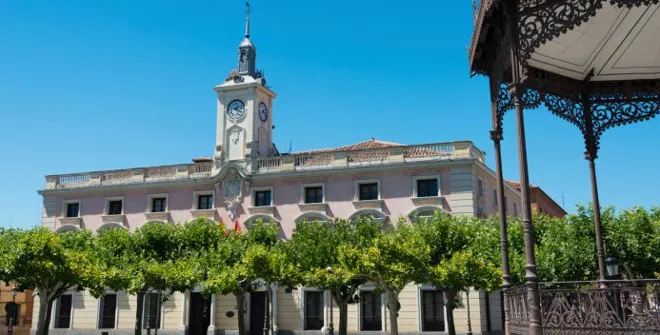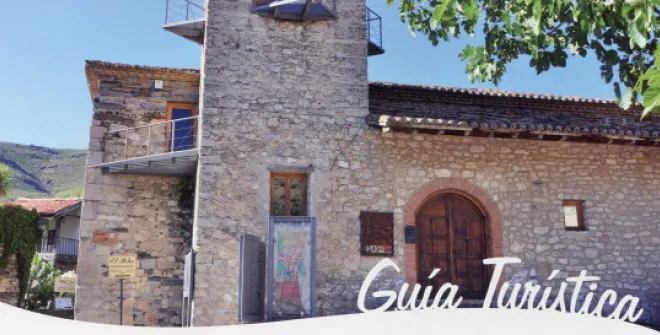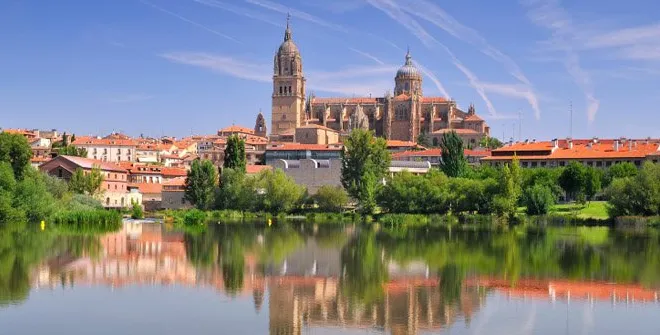Patones
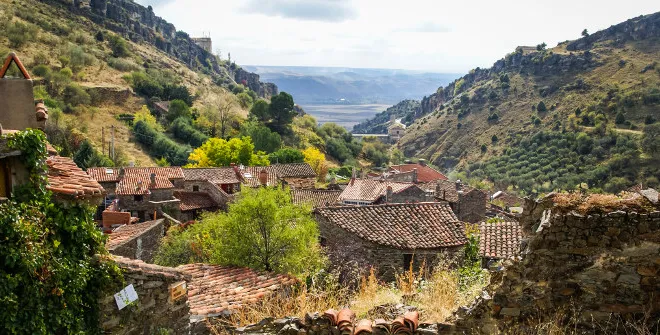
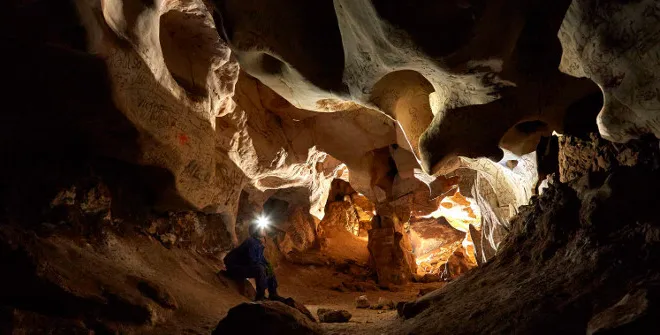
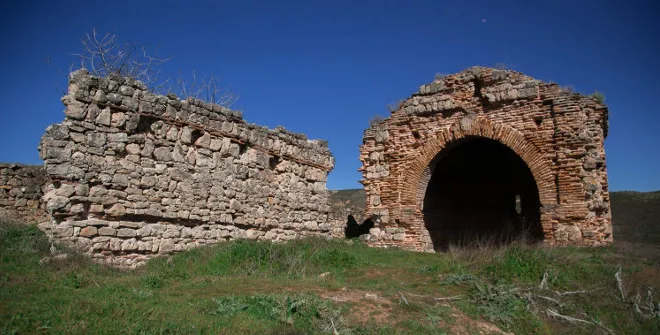
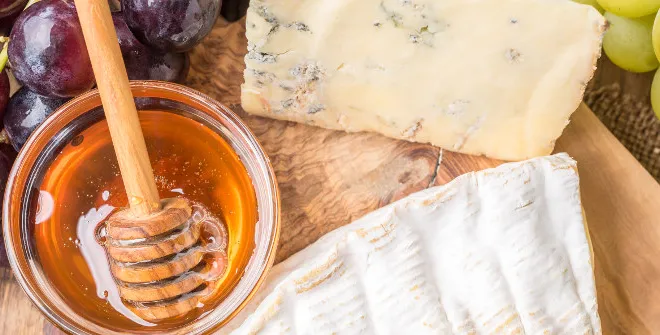
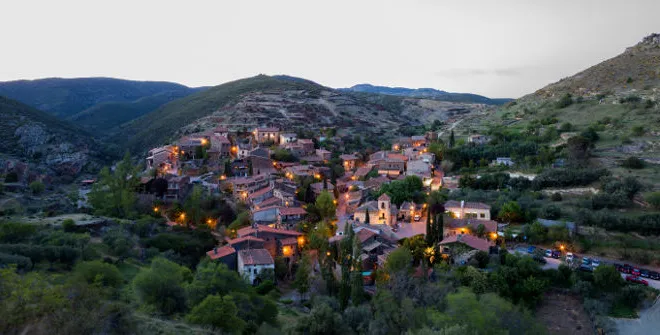
In the heart of the Comunidad de Madrid you can find this town consisting of two cores: the modern Patones de Abajo and Patones de Arriba. The second one is more attractive for tourists and is one of the most visited destinations in the region. The typical black-slate architecture and the cobble streets following the mountain slope give it a dream-like quality. The fame of the town comes from the legend of the ‘King of Patones’, an independent kingdom in the 18th century and a walk through this town is an unforgettable experience.
Old Hermitage - Tourist Office
This spot, created in 1653 as a hermitage and turned into a church a century later, is a great place to start the visit. Even though it has been completely remodeled, it still conserves a chapel and you can get information from its Visitors’ center.
Ecomuseum of Slate
This ecomuseum is an outdoor venue of marked trails that make for a fun and interesting way to go around Patones and discover the town’s black architecture. One of the two trails offers to travel 200 years back in time through “Ages of Architecture” and the other is called “Architecture of Food” and takes us on a journey to discover places like wine cellars, stoves, etc.
A walk around Patones de Arriba will not only show us the typical houses, but also the threshing grounds, barns, washing places and traditional watering places.
“Geologist and Archaeologist for a Day”
This is how we can feel in Patones thanks to its geological and archaeological heritage. The best way to know more is to visit the Geological Museum-Hall to enjoy their local rock collection, fossils reproductions and caves...
Another must-see? A few kilometers from town you can find the archaeological site Dehesa de la Oliva, a perfect place to contemplate the remains of a Carpetan-Roman town and imagine what their day-to-day life was like. They also organize 30-minute dramatizations of the lives of historic figures. This is also where you can find the remains of the Romanesque-mudéjar hermitage Virgen de la Oliva.
Canal de Cabarrús and Pontón de la Oliva dam
There are also interesting sites concerning the industrial heritage of Patones: a 13-km long canal constructed from 16th to 18th century. 18th-century Patones is marked by the construction of the hydraulic infrastructures like the Pontón de la Oliva dam and the El Atazar dam that retains the waters of Lozoya.
Cavemen, pre-Roman people, Romans and Visigoths form part of the Patones territory. A good example is the Reguerillo Cave and its 8190 meters that served as a refuge for the peoples in the Stone Age as we can tell from the engravings found there.
However, the current name Patones comes from the 16th century and Patón family, its founders. At that time, since Patones was part of the town of Uceda, they decided to name their own king -rather hereditary sages that acted as mayors and justices of the peace - until the town obtained its independence in 1769.
Its traditional fiestas still celebrate Las Candelas in February, San Juan in June and Traditions, Arts, Trades and Folklore Days in September.
On your walk around Patones you will also come across traditional wood crafts, natural cosmetics, rustic furniture, traditional toys...
Patones is an ideal place for hiking and outdoor activities - located at the confluence of the Lozoya and Jarama rivers it is a place with numerous forests and breathtaking sceneries.
To start with, if you want to leave your car in the Patones de Abajo, you can take the El Barranco Ecological Trail that connects the towns of Patones de Abajo and Patones de Arriba with an 800-m trail suitable for the whole family.
In the beautiful surrounding of the Dehesa de la Oliva we will find the Pontón de la Oliva, Canal de Cabarrús, Reguerillo Cave and the Virgen de la Oliva hermitage. Another interesting hike could be the climb to Cancho de la Cabeza to enjoy the breathtaking views of the Atazar Lake.
The true athletes can enjoy caving and rock climbing. Another good option is bike touring with trails like Sierra Norte Cycling Circuit, Genaro Trail that goes around the Atazar Lake or the Ruta del Agua without big gradient slopes and therefore perfect for families.
Any part of the year is a great time to enjoy a culinary visit to Peatones. In winter there is a smell of wood burning in all of the restaurants and accommodations and in summer it is a treat to enjoy one of their terraces.
As you walk around town you can stop and try local delicacies from Sierra del Norte like honey, cheeses, bread... Honey is still being made by the local beekeepers the same way as centuries ago.
Their wonderful restaurants with an intimate and quaint atmosphere offer great traditional dishes like migas (dish made with sourdough, olive oil and garlic), lamb, scrambled eggs with wild mushrooms...The Patones official tourism website offers a list of some of the best restaurants to savour the typical gastronomy of the area.
- By car: At about 60 km from Madrid, it is accessed by road through the Autovía del Norte (Madrid-Burgos) A-1, taking the exit 50 in the direction of Torrelaguna by the N-320. Crossing this locality, we will access to Patones de Abajo by the M-102.
- By bus: Plaza Castilla bus station, lines 197 (some services end in Torrelaguna and you have to change to bus 913), 197A and 913 (going to El Atazar)
Interesting links:
- Patones Tourism
- Villas de Madrid
- Tourist map of Patones de Arriba
- Map of the local network of paths in Patones – Carpetania
